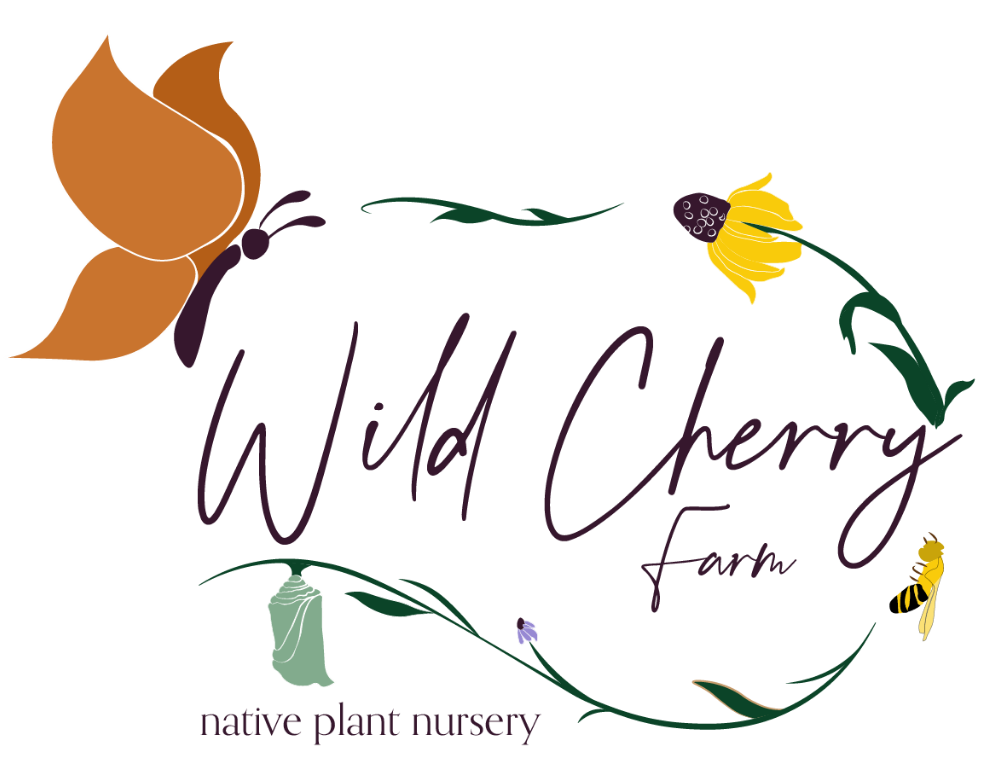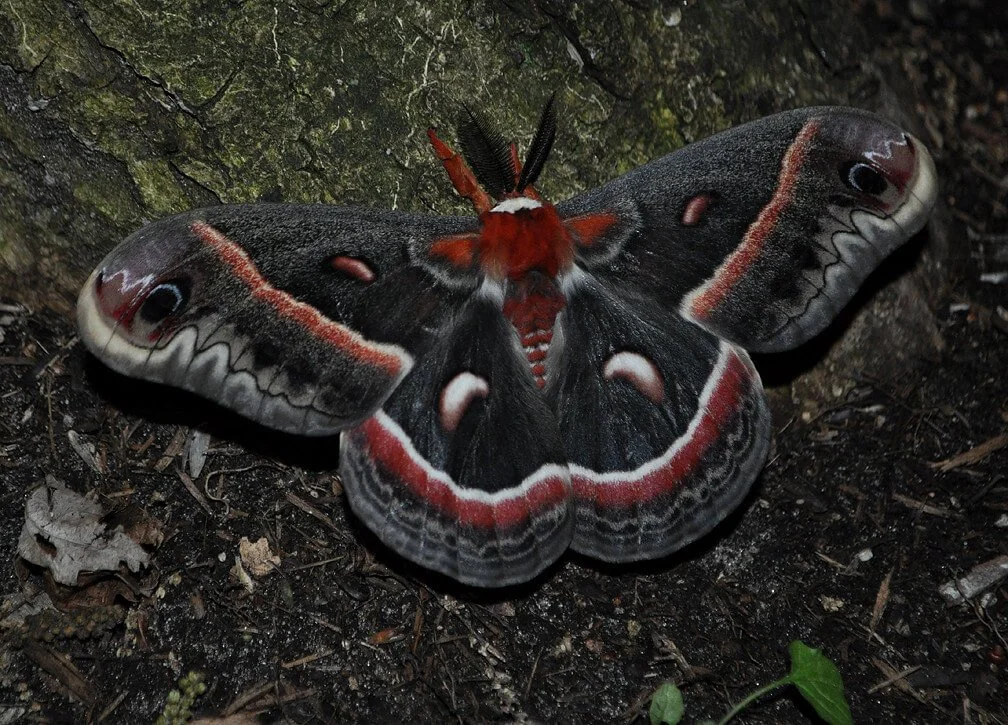Cecropia Moth
The Cecropia is among the most spectacular of the North American Lepidoptera. It has a wingspan of 4 5/16 - 5 7/8 inches! However, in order to enjoy this beauty, you will have to be outside at night. These nocturnal moths are found in hardwood forests east of the Rocky Mountains in the United States and Canada. They are attracted to street and porch lights, which is where most people encounter them.
-
Alder – Alnus spp
Birch – Betula spp
Blackberry/Raspberry – Rubus spp
Blueberry – Vaccinium spp
Box Elder – Acer negundo
Cherry (wild) – Prunus spp
Dogwood – Cornus spp
Elm – Ulmus
Hawthorn – Crataegus spp
Maple – Acer spp
Oak – Quercus spp
Pine – Pinus spp
Plum (wild) – Prunus spp
Populus spp
Spruce – Picea spp
Sweet crab apple - Malus coronaria
Willow – Salix spp
-
Lilac – Syringa spp
Pear – Pyrus spp
Plum – Prunus spp
-
The adults do not feed because they have no proboscises.
-
The adults do not feed because they have no proboscises
-
May-July. One brood each year.
-
Sources:
Butterflies and Moths of North America. Butterfliesandmoths.org
Brenda Dziedzic, Raising Butterflies in the Garden
Heather Holm, Pollinators of Native Plants
National Wildlife Federation. Nwf.org
Xerces Society. Xerces.org

